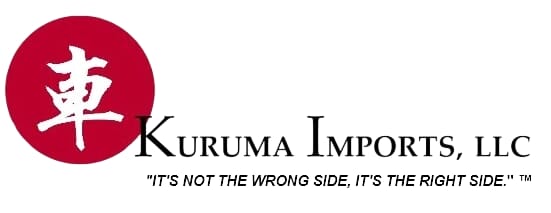Sample blog post
Lorem ipsum dolor sit amet, consectetur adipiscing elit. Duis gravida augue mattis sodales efficitur. Suspendisse sit amet leo ut libero semper vestibulum sit amet faucibus felis. Pellentesque habitant morbi tristique senectus et netus et malesuada fames ac turpis egestas. Donec ut leo tellus. Aliquam sit amet purus tellus. Vestibulum nunc magna, finibus ut feugiat id, ultrices elementum enim.


